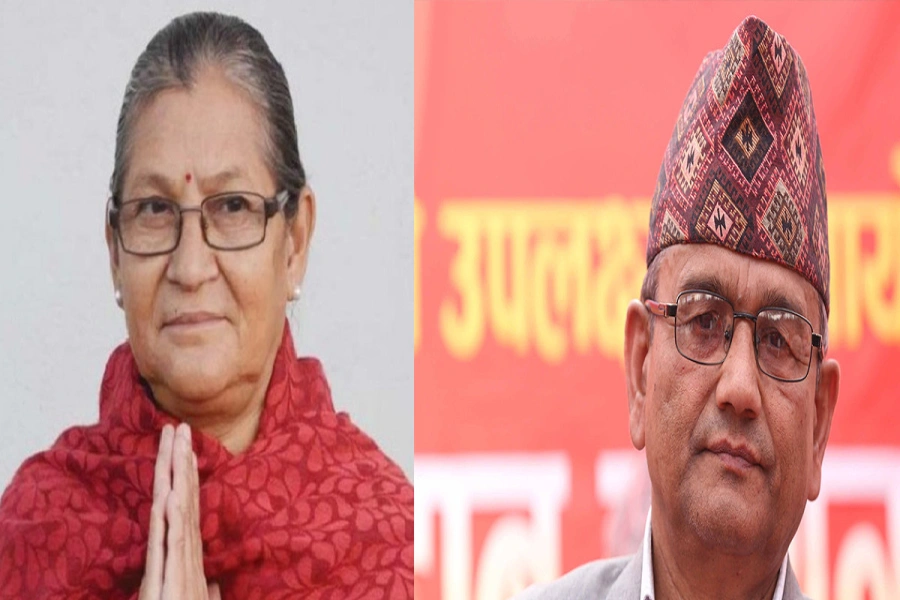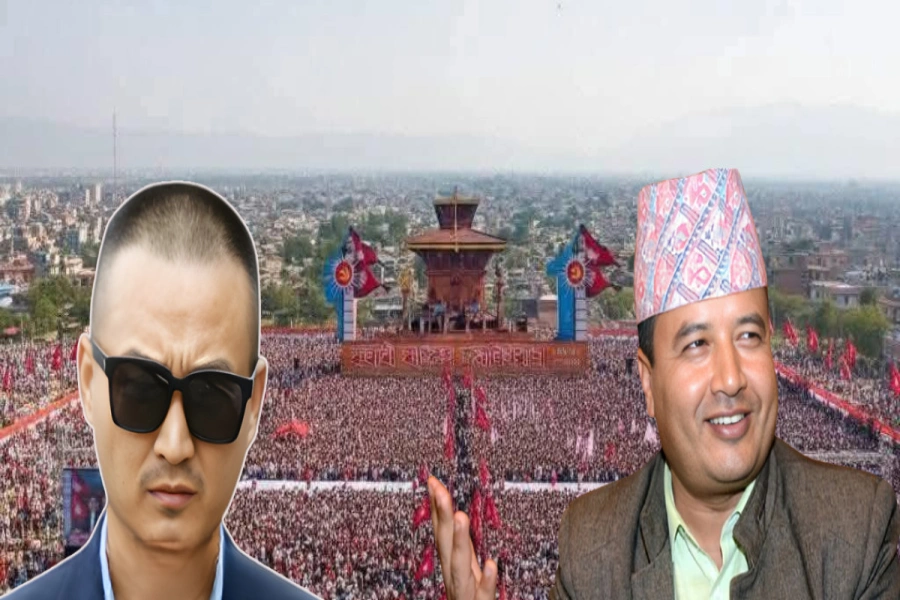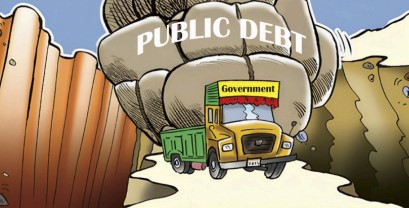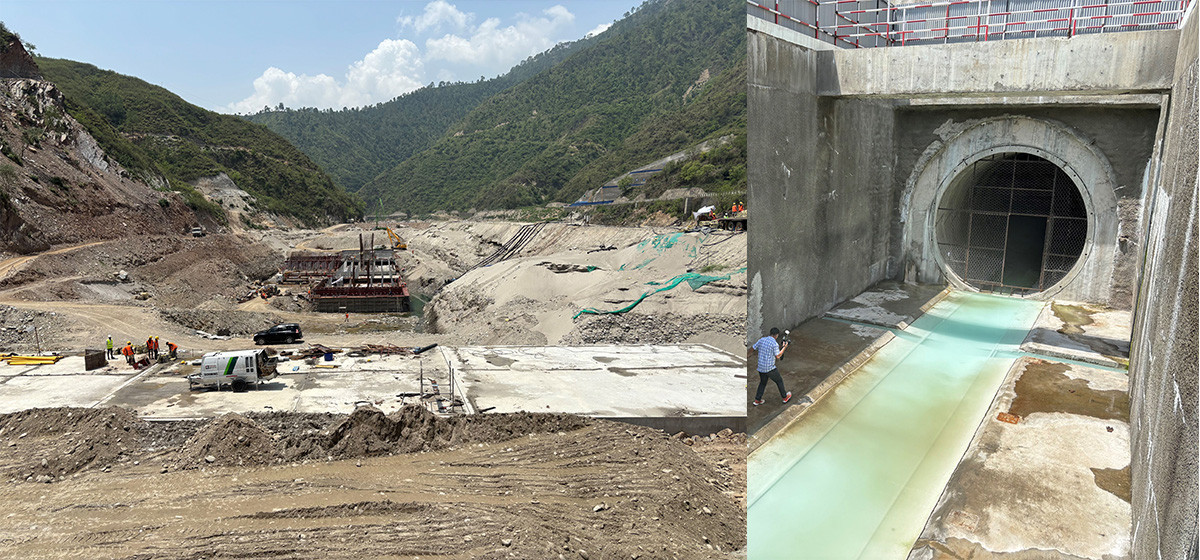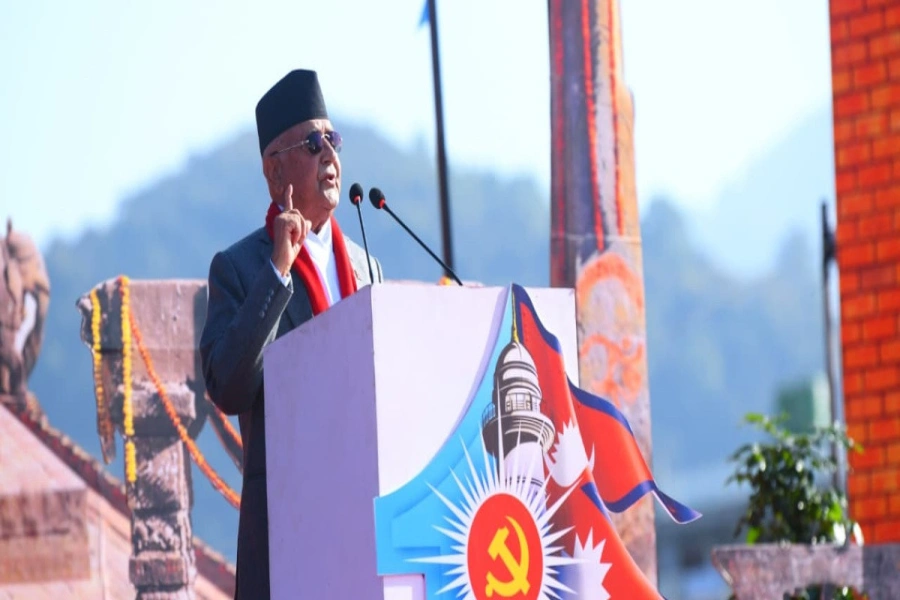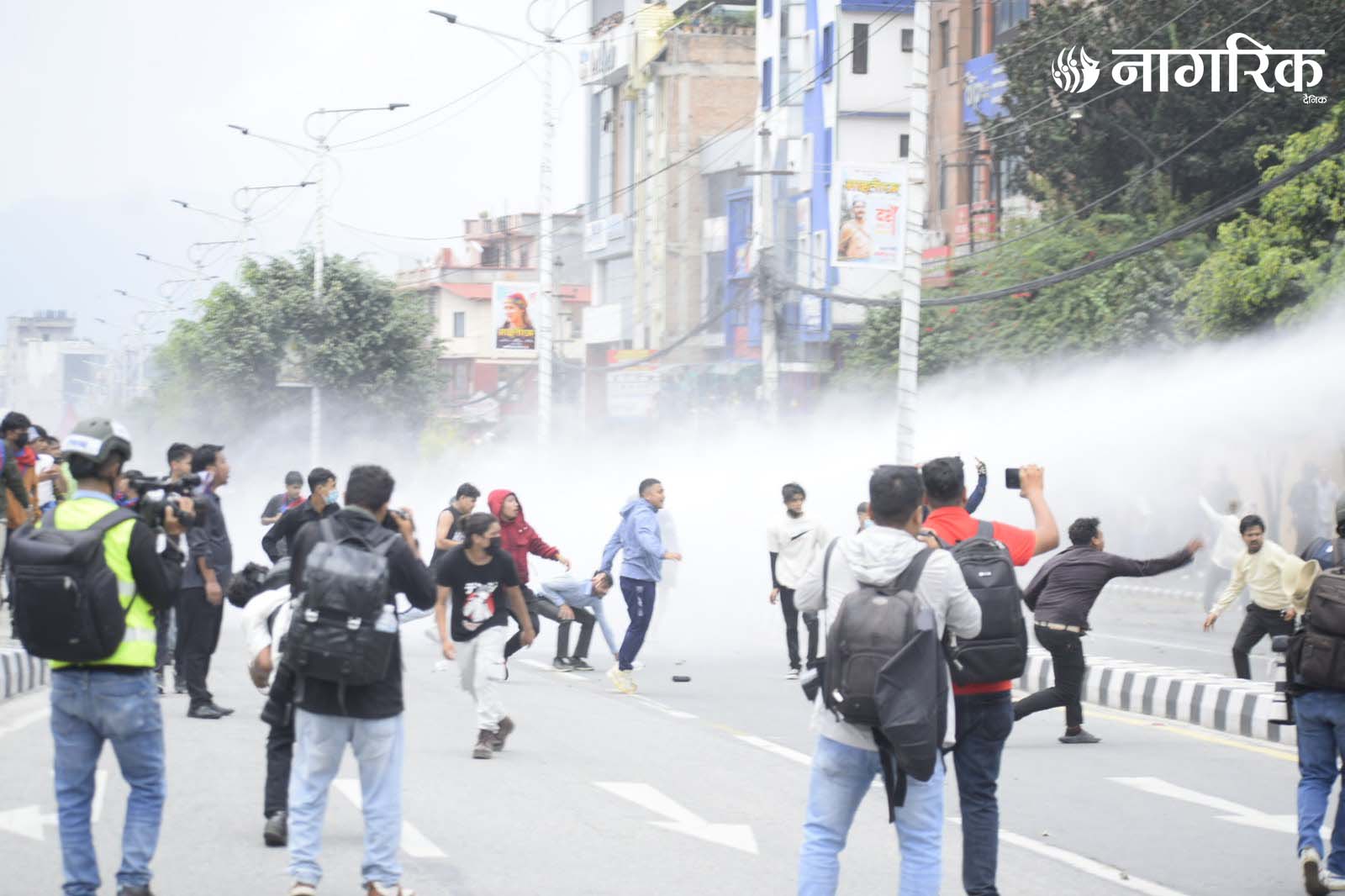A free-floating bilateral exchange rate is a price measure that reflects in a broader sense the relative economic strength of the two economies. Economic theories relate the value of a currency to economic performance over a period of time. In practice, however, frequent changes in the exchange rate are based on expectations about events affecting the economy in the near future.
Cross-border capital flows are a vital component to explaining this behavior. Capital moves in search of better return and is sensitive not only to the economic factors but also to the speculative behavior. Let us briefly explore these issues in the current context.

When the Nepali Rupee depreciated (lost value) against the US dollar in the last few weeks, we knew that the US dollar appreciated (gained value). The exchange rate thus offers a mirror image of the strength of two currencies. The important point is that through the changes in the exchange rate one can observe the impact of relative economic performance. [break]
If the economic performance of a country A is better than country B, then it would be expected that the currency of country A would gain value, which creates demand for that currency and this in turn further increases the value of that currency. For instance, we have seen the Indian Rupee lose its value against the US dollar. This can happen in two ways. It can either be due to better performance of the US economy or a poorer performance of the Indian economy. It is not always clear which one is the dominant reason, but it is often a mix of the performances of the two economies that determines the path of the exchange rate. In the current scenario, there are both possibilities.
Next, consider the role of cross-border capital flows. We know that capital moves from one country to another in search of better returns. The rate of return is generally tied with economic performance. However, sometimes speculative behavior and arbitrage opportunity also play a significant role in capital movement. The nature of capital flows should be factored in when contemplating their effects on the economy. Capital flows of durable nature generally have favorable impact, since they contribute toward enhancing the productive capacity of the economy.
In the current context, we are concerned with financial flows that respond primarily to better returns in the short term. In the aftermath of the great recession investment funds moved from developed world to emerging economies, including India. In responding to the crisis, the authorities in the developed world (e.g., the Federal Reserve Bank in the US) lowered the cost of borrowing through different measures.
It was profitable then to borrow in the US and invest in countries like India, where the returns were higher. This led to strengthening of the Indian Rupee. In fact policymakers in emerging countries were worried, since an unjustifiably strong currency is not desirable. Now, with signs of economic recovery in the US, including in the housing sector, analysts have been expecting the US authorities to wind down their support to the economy. As a result the returns in the US are expected to be better. This has led to the reversal of investment flows back to the US from several emerging economies, including India.
To summarize the effects of capital flows on the exchange rate consider investment funds denominated in the US dollar. Notice that when these funds enter a domestic economy it increases the supply of US dollar in the currency market. Increasing supply then lowers the value of US dollar, which means the local currency gains value. By same analogy, if the funds leave the domestic market, the local currency loses value.
Financial flows generally signify a degree of confidence in the domestic economy. Nonetheless, a country that has a large stock of short-term funds from abroad is crisis prone when these funds leave the country in a rush. The entry and exit of these funds are very sensitive to economic changes in the near term. In brief, even if the long term health of the economy might be sound, exchange rates are often subject to undesirable short-term effects due to capital flows.
Impact on Nepali Rupee
The central bank of Nepal has maintained a pegged (fixed) exchange-rate regime with India as the anchor (target) of monetary policy. Our exchange rate with India is fixed at 1.6 Nepali Rupees per Indian Rupee. The exchange rate with all other currencies is calculated using this as a reference unit. For example, if 1 US dollar is equal to 60 Indian Rupees, then we multiply 60 x 1.6 to derive our exchange rate with the US dollar (96 Nepalese Rupees per US dollar). Therefore, when the Indian Rupee falls in value against the dollar, say becomes 62, our exchange rate falls to 99.2. This leads to two important questions: a) why do we have a pegged exchange rate with India; and b) are there better alternatives?
Pegging vs floating
Let us begin by underscoring the critical difference between a free-floating exchange rate and a pegged exchange rate. We know that the rate of conversion (parity) is fixed in the latter, but it changes in the former. Any changes to the economy, including capital flows, get reflected in the exchange rate under a free-floating system. Under a pegged system, the impact of changes in the economy is not reflected through the exchange rate but is observed through changes in the stock of foreign-exchange reserves. For example, if there are pressures on a currency, due to poor economic performance, then the nation will start losing its foreign-exchange reserves. In some extreme cases, to prevent further loss of the foreign currency a central bank intervenes in the currency market and changes the parity. In our case, if we were to lose our foreign-exchange reserves significantly, the central bank will be forced to change (devalue) the current parity with the Indian Rupee from, say, 1.6 to 1.7.
This is the first of a two-part article. The second part will be published tomorrow.
The author has a
doctorate in economics from American University, Washington D.C. His
doctoral dissertation analyses the exchange rate and monetary policy in Nepal
To peg or not to peg





